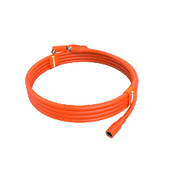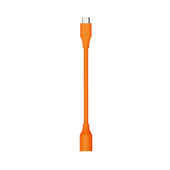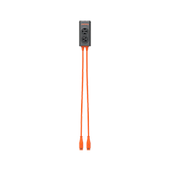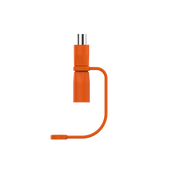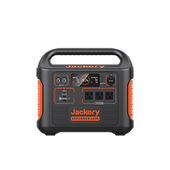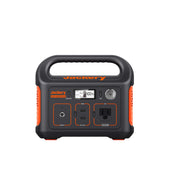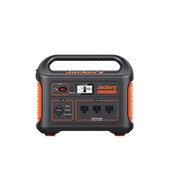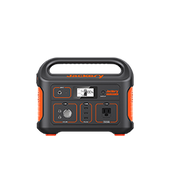What Does Ah Mean On Battery
Your phone, computer, laptop, car, and power stations feature a battery. But have you wondered about the number and ratings like 5Ah or 10Ah written on it? What does Ah mean on a battery? Simply put, Ah or amp-hours is the amount of energy charged in a battery representing 1 ampere of current flow in one hour.
Large batteries have a high Ah value, meaning they can power devices for long hours. Jackery is the top brand offering different sizes of Portable Power Stations with varied battery capacities. The robust and powerful batteries can charge appliances for long hours before depletion. In this blog, we will focus on what Ah means in detail.

What Is An Ampere Hour (Ah)?
Amps, short for amperage, is the rate at which electrons flow through an object or conductor. The higher the amps, the greater volume of electrons passes through the conductor.
On the other hand, amp-hours is the unit that measures the battery capacity. The rating measures the amount of current that a battery can provide at a specific rate for a particular time. A milliamp-hour is the 1000th of an ampere-hour, generally used to represent the battery capacity of small devices.
The crucial role of understanding “what does an Ah mean” is to learn how long your device will run after one charge.
The Use Of Ah
Ampere hour is typically used when you decrease the nominal voltage in electrochemical systems like electroplating.
In these devices, the plating thickness and integration of current over a specific time are directly proportional.
An ampere-hour meter is generally used to measure the Ah rating and determine the quality and reliability of the electroplating application.
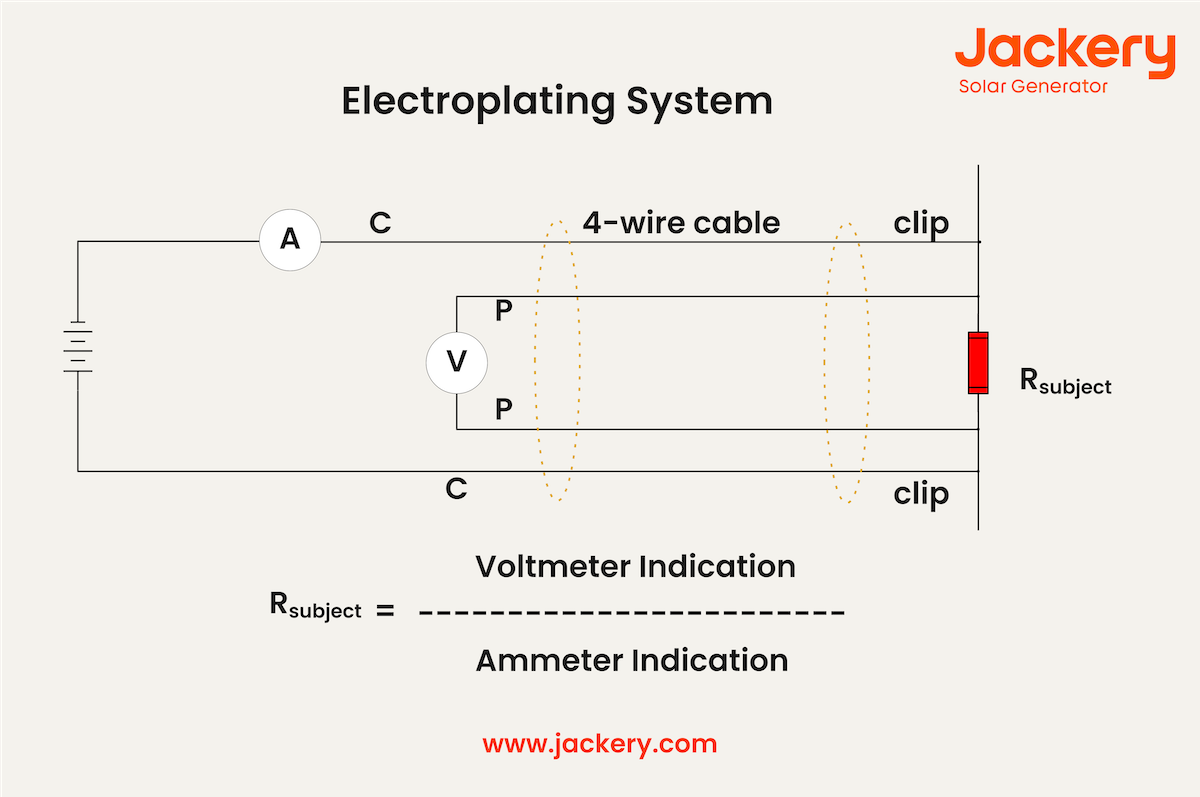
What Does Ah Mean On A Battery?
Ah, or amp-hour, describes the capable charge of a battery. The rating lets customers understand how many amps a battery can provide for one hour.
For instance, a fully charged 10Ah battery is capable of providing 10 amps of current for one hour. That said if the device requires one amp of current to function, the full charge will keep the gear powered for ten hours.
However, it’s worth noting that this happens under ideal conditions. If the temperature and weather conditions vary, the number of running hours of the appliance will differ.
Battery Capacity
Battery capacity is the measure of the charge stored by the battery. It is measured in amp-hour. Below we have included the typical battery capacity and voltage of different cylindrical AA batteries.
|
Chemistry |
Common Name |
Rechargeable |
Typical Capacity (mAh) |
Voltage (V) |
|
Alkaline |
LR6, 15A |
No (Mostly No) |
1800 - 2700 |
1.5 |
|
Li-ion |
14500 |
Yes |
600 - 2000 + |
3.6 - 3.7 |
|
Li-Fe |
FR6, 15LF |
No |
2700 - 3300 |
1.5 (1.8 max) |
|
Li-FeP |
IFR14500 |
Yes |
500 - 750 |
3.2 |
|
Li-SOC |
(14505) |
No |
2400 - 2700 |
3.5 - 3.6 |
|
Li-Mn |
CR AA |
No |
~ 2000 |
3.0 |
|
Lithium |
- |
Yes |
1000 - 2000+ |
1.5 |
|
NiCd |
KR6, 1.2K2 |
Yes |
600 - 1200 |
1.2 |
|
NiMH |
HR6, 1.2H2 |
Yes |
700 - 2800 |
1.2 |
|
NiOOH |
- |
No |
2200 - 2700 |
1.5 (1.7 max) |
|
NiZn |
ZR6 |
Yes |
1500 - 1800 |
1.6 - 1.65 |
|
Zinc Carbon |
R6, 15D |
No |
600 - 1600 |
1.5 |
How To Calculate Ah On A Battery?
Now that you know “what does an Ah mean on battery” theoretically, it’s time to understand how to calculate it.
The mathematical representation of Ah is:
Amp Hour (Ah) = Current (I) × Discharge Time (T)
Suppose you have a battery that pulls nearly 50 amps and is discharged in 1 hour. Then, the ampere-hour can be calculated as follows:
Ampere Hour = 50 A × 1 H = 50Ah for 1 hour.
Let us take another example to understand better.
Suppose a battery pulls 60 amps, discharged in 0.5 hours or 30 minutes. In this case, the ampere-hour will be:
Ampere Hour = 60 A × 0.5 H or 30 A × 1 H = 30Ah for 1 hour.
In the first example, the battery will supply 50Ah for one hour. The second battery pulling 60 amps, will provide 30Ah for one hour.
Batteries with less amperage are usually depleted faster, leading to less lifespan. Therefore, it’s ideal to buy a battery with a high Ah rating.
Understand Ah Ratings
When comparing batteries, you will need to check the amp hour on the battery. For deep-cycle batteries, the Ah rating is displayed on the battery itself. If you cannot find the amp hour rating on the battery, chances are it’s the starting battery that does not provide continuous power.
Generally, high-rated batteries have a high volume of electrolytes and highly active electrodes. For instance, a lithium-ion car battery is rated higher than a standard AAA battery. There are different battery amp-hours available. The more common among them include:
- 50Ah
- 100Ah
- 200Ah
Instead of buying a smaller Ah-rated battery to charge appliances, it’s better to choose a larger one. For instance, if you require a 150Ah battery, it’s ideal to choose 200Ah rather than 100Ah.
2Ah Vs. 5Ah Battery
Five cells of 3.6V, 2Ah are combined to form an 18V (or maximum 20V), 2Ah battery. The cells are connected in series so that their amp hour rating remains the same and voltage gets combined. The battery rating, in this case, is 18V and 2Ah.
On the other hand, two different packs of 5 cells (3.6V, 2.5Ah) are connected in series. Each package of five cells then combines in parallel with each other, creating a battery of 18V and 5Ah. As the cells are connected in parallel, their amp rating gets combined — 5 Ah.
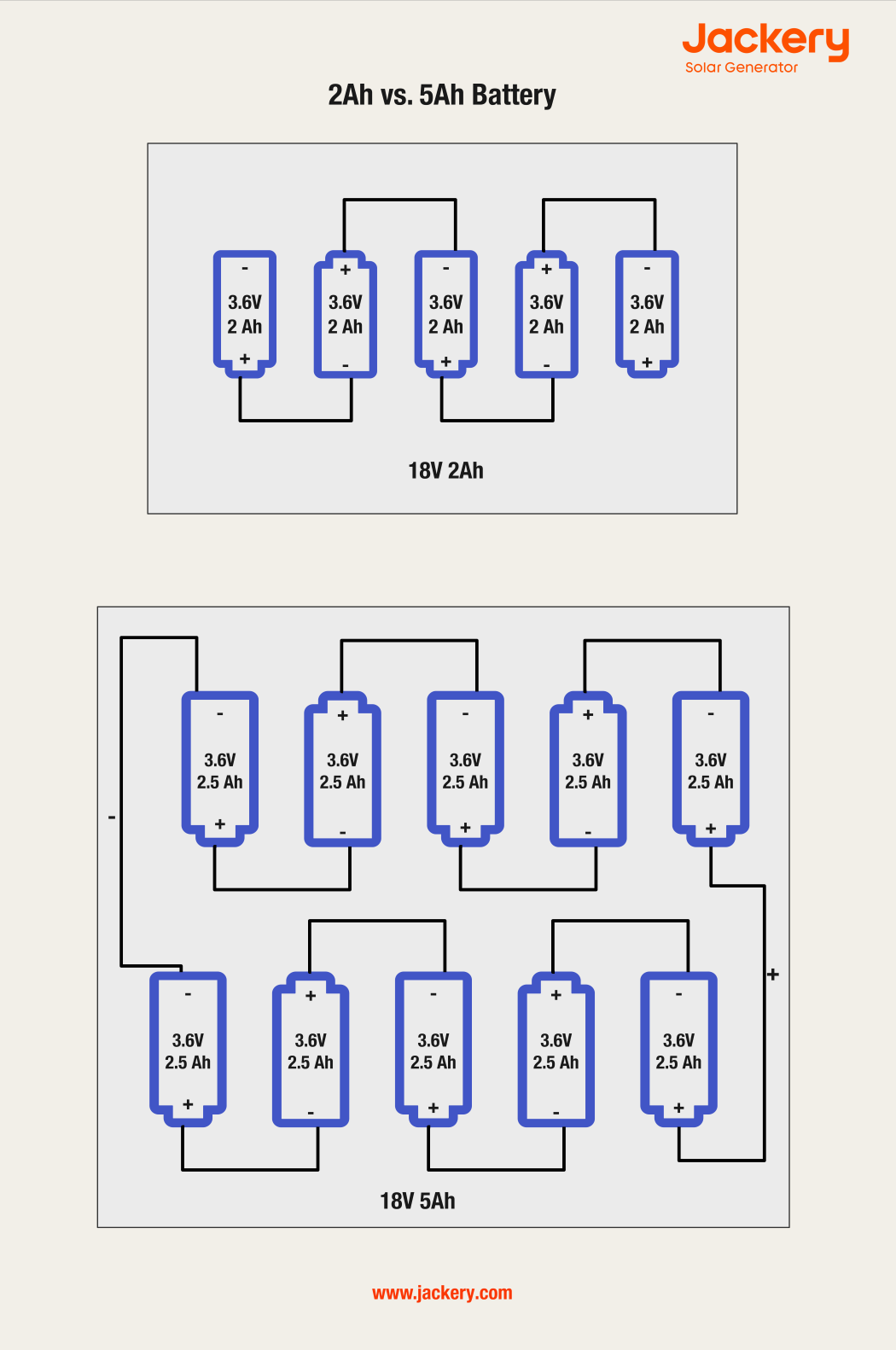
Even though the higher amp rating does not mean high power, you can expect a bit more power from the larger battery. The reason is that in a 10Ah battery, there are 10 cells doing their job. Hence, it can supply continuous and stable power to the appliance.
Understand Ah Ratings With Jackery
AC amps and DC amps are measurements of electricity flow through the circuit. However, the difference lies in the flow of electrical current.
DC amps refer to the electricity flow in only one direction. On the other hand, AC amps change direction while moving from the positive (+) to the negative ( – ) terminal and then back again.
Batteries are always DC. Therefore they come with a DC to AC inverter to convert electricity into a usable form. Below are the most popular Jackery Explorer Portable Power Stations with a pure sine wave inverter.
Jackery Explorer 3000 Pro Portable Power Station
Jackery Explorer 3000 Pro Portable Power Station has a large-capacity lithium-ion battery with a 3024Wh rating. It can power around 99% of outdoor appliances and feature a smart app control to improve power efficiency. In addition, it has an amp hour rating of 70, ensuring you can power devices for long hours.

|
Power Station |
Capacity |
Recharging Time |
Ports |
Appliances |
|
Jackery Explorer 3000 Pro |
Lithium-ion Battery 70Ah/ 43.2V DC (3024Wh) |
AC Adapter: 2.4H 12V Car Adapter: 35H 12x SolarSaga 100W Solar Panel: 3-4H 8x SolarSaga 100W Solar Panel: 5-6H 4x SolarSaga 100W Solar Panel: 9-10H 2x SolarSaga 100W Solar Panel: 18-19H |
4x AC Output: 120V~ 60Hz 20A Max 1x AC Output: 120V~ 60Hz 25A Max 2x USB-C Output: 100W Max, 5V⎓3A, 9V⎓3A, 12V⎓3A, 15V⎓3A, 20V⎓5A 2x USB-A Output: Quick Charge 3.0, 18W Max, 5-6V⎓3A, 6-9V⎓2A, 9-12V⎓1.5A Carport: 12V,10A Max AC Input: 120V, 60Hz, 15A Max DC Input: 2x DC 8mm Ports: 11-17.5V (Working Voltage)⎓8A Max, Double to 8A Max; 17.5-60V (Working Voltage)⎓12A, Double to 24A/1400W Max |
Refrigerator (500W) - 5.1H TV (60W) - 42.8H Light (5W) - 514H Heater (1800W) - 1.4H Microwave (960W) - 2.6H Electric Grill (850W) - 3H Coffee Machine (1000W) - 2.5H |
Jackery Explorer 2000 Pro Portable Power Station
The next robust and portable power station is the Jackery Explorer 2000 Pro, with a battery capacity of 2160Wh and 50Ah. The lithium-ion battery can charge around 96% of most home or outdoor appliances. In addition, the first-rate lithium battery features two chips for dual battery protection to ensure safe charging.

|
Power Station |
Capacity |
Recharging Time |
Ports |
Appliances |
|
Jackery Explorer 2000 Pro |
Lithium-ion 50Ah/43.2V (2160Wh) |
AC Adapter: 2H 12V Car Adapter: 24H 12x SolarSaga 100W Solar Panel: 2.5H 8x SolarSaga 100W Solar Panel: 4H 4x SolarSaga 100W Solar Panel: 7.5H |
AC Output: 120V, 60Hz, 2200W (4400W Peak) USB-A Output: Quick Charge 3.0, 18W Max USB-C Output: 100W Max, (5V, 9V, 12V, 15V, 20V up to 5A) Car Output: 12V, 10A AC Input: 120V, 60Hz, 15A Max DC Input: 11V-17.5V, 8A Max, Double to 8A Max. 17.5V-60V, 12A, Double to 24A/1400W Max. |
Mini Cooler (90W) - 20H Blender (300W) - 6H Coffee Maker (550W) - 3.3H Electric Grill (1600W) - 1.1H Hot Plate (2300W) - 47 Min |
Jackery Explorer 1500 Pro Portable Power Station
With a battery capacity of 1512Wh and 35Ah, the Jackery Explorer 1500 Pro Portable Power Station can power multiple devices simultaneously. The durable and long-lasting power station has numerous charging ports, including two USB-C, three 1800W AC, dual PD100W, and one car charger. Hence, it can meet the basic power needs of a household.

|
Power Station |
Capacity |
Recharging Time |
Ports |
Appliances |
|
Jackery Explorer 1500 Pro |
Lithium-ion Battery 43.2V/35Ah (1512Wh) |
AC Adapter: 2H 12V Car Adapter: 16.5H 2x SolarSaga 100W Solar Panel: 9H 4x SolarSaga 100W Solar Panel: 5H 12x SolarSaga 100W Solar Panel: 2H |
AC Output: 120V, 60Hz, 1800W (3600W Peak) USB-A Output: Quick Charge 3.0, 18W Max USB-C Output: 100W Max, (5V, 9V, 12V, 15V, 20V up to 5A) Car Port: 12V,10A AC Input: 120V, 60Hz, 10.83A Max DC Input: 11V-17.5V, 8A Max, Double to 8A Max 17.5V-60V, 12A, Double to 24A/1400W Max |
Ice Shaver (700W) - 1.8H Coffee Maker (1120W) - 1.1H Mini Fridge (90W) - 14H Lamp (5W) - 257H TV (60W) - 21H Microwave Oven (1000W) - 1.2H Rice Cooker (530W) - 2.4H |
What Does Ah Mean On A Battery FAQs
Does a higher Ah battery mean more power?
In a word, no. A high Ah battery rating does not mean it is more powerful. Instead, it means there is a high number and density of cells providing current. When the electrical current moves with less resistance, it produces little more power.
What does 100Ah mean on a battery? How long will a 100Ah battery last?
A 100Ah battery can supply a load of 100 amps in one hour. Alternatively, it can provide 10 amps for 10 hours or 50 hours for 2 hours. How long a 100Ah battery runs will depend on the electricity requirements of the appliance, you charge.
How many watt-hours are in an amp hour?
Mathematically, watt hours equals amp hours multiplied by the battery voltage.
Watt hours = Amp hours × Voltage
Let us calculate the watt hours of Jackery Explorer 2000 Pro Portable Power Station with 43.2V and 50Ah.
Watt hours = 43.2V × 50Ah = 2160Wh.
Final Thoughts
We hope you have found the answer to “What does Ah mean on a battery.” Calculating the power needs of the appliance you wish to charge will help you choose the right-size battery capacity.
Jackery Explorer Portable Power Stations are available in different Ah and Wh ratings. For instance, the ultimate power station Jackery Explorer 3000 Pro, has a 70Ah rating, whereas Jackery Explorer 2000 Pro has 50Ah.
Depending on the electrical requirements of the appliance, you can invest in the right portable power station. Before you leave, subscribe to the Jackery newsletter to get all the latest news, exclusive deals, and promotional offers in your inbox.
Disclaimer:
The runtime mentioned for appliances powered by Jackery is for reference only. Actual runtime may vary under different conditions. Please refer to real-world performance for accurate results.









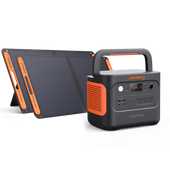

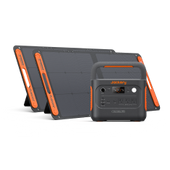
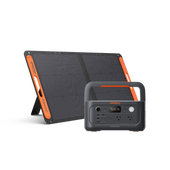
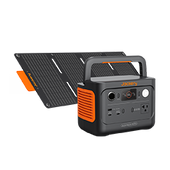
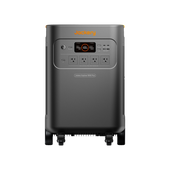
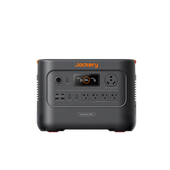
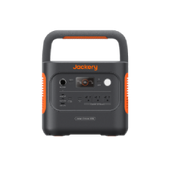
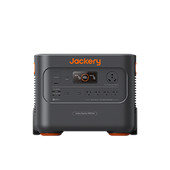
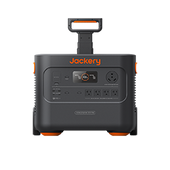

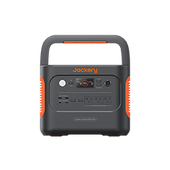
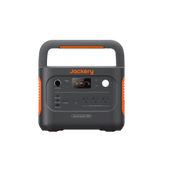
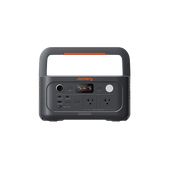

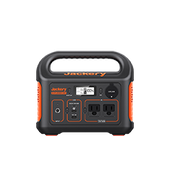
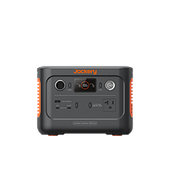
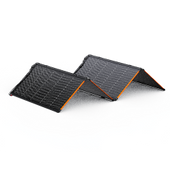
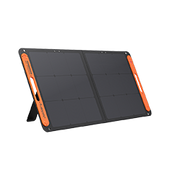


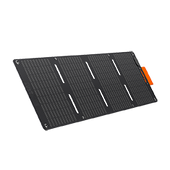
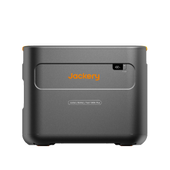
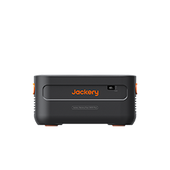
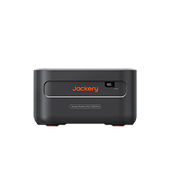
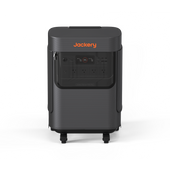



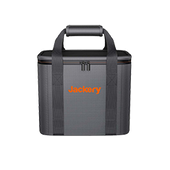
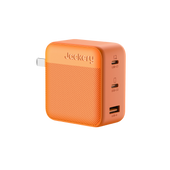
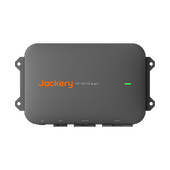
![[Add-on] Jackery Manual Transfer Switch for Explorer 5000 Plus](http://ca.jackery.com/cdn/shop/files/add-on-jackery-manual-transfer-switch-for-5000-plus-240V.webp?v=1757043692&width=170)
